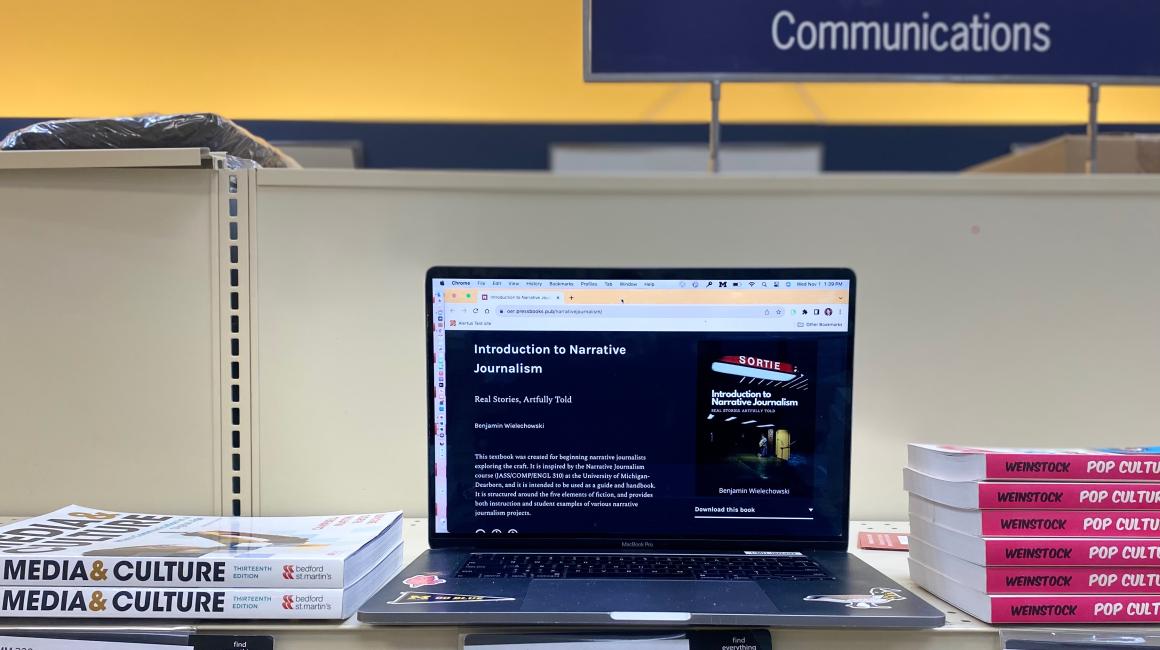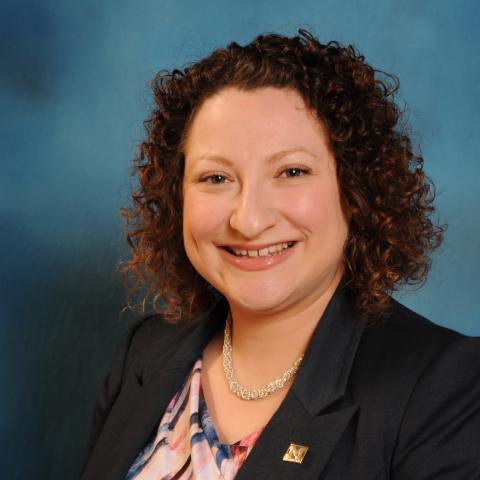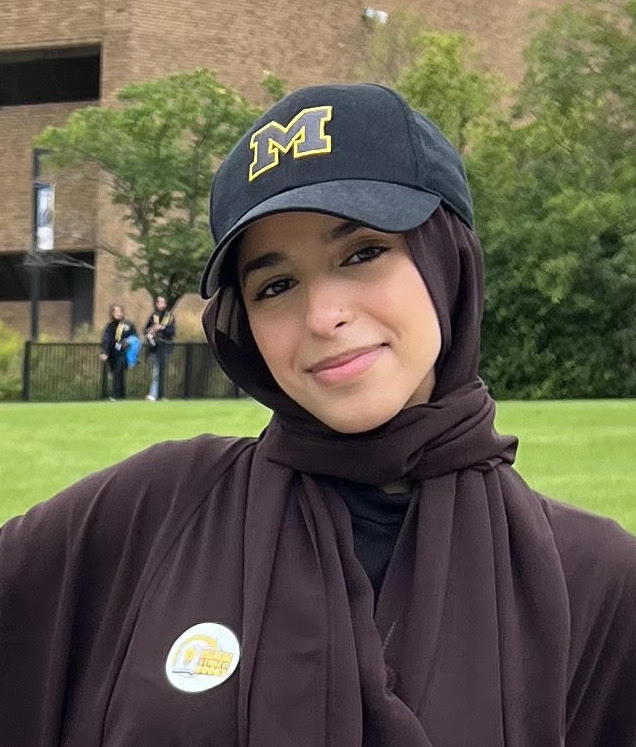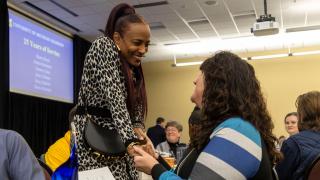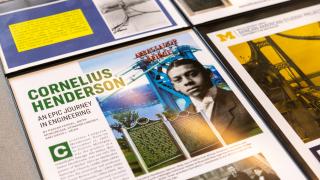So Samet — along with faculty, staff and students on UM-Dearborn’s Open Education Resources Committee — wants the university community to know that there’s UM-Dearborn-based educational and financial support for faculty members interested in pursuing open education, or OE, which is a movement toward free-to-use openly-licensed materials for teaching and learning.
To be clear, Samet says people should be compensated for their contributions toward authoring educational materials. But with the skyrocketing costs of materials — the cost of textbooks outpaced currency inflation by 238% from 1977 to 2015 and prices have doubled since 2001; the news site Vox explains why — students need alternative options.
“Everyone at this university is here for our students. We want them to be successful and graduate,” she says. “But, to do that, we need to remove barriers and make sure they have the materials they need to be successful.”
Samet says the campus community is invested in OE practices because they benefit student learning. “It’s important to put time and energy into developing the materials that develop students,” she says.
The OE committee, which Samet chairs, and the Hub for Teaching and Learning are available to support faculty and staff through answering questions, giving advice, directing toward resources, granting financial assistance and more, she says. For example, they have an Education grant, which is up to $500, open to faculty and staff for professional development to learn more about OE — and there’s an Open Education Conference happening online on Nov. 7, 8 and 9. If you sign up to attend, this grant would cover registration fees.
Questions about grants or resources? Contact [email protected].
In addition to accessibility and affordability reasons, Samet says more faculty members are using and developing OE resources when re-evaluating their courses and class materials to align with UM-Dearborn’s focus on practice-based learning, hybrid course models, and the shift from three- to four-credit courses. Faculty like Journalism and Media Production Lecturer Benjamin Wielechowski are finding that they want more personalized content for their courses — and the Hub and OE committee is ready to help.
Wielechowski says he applied for an OE Creation grant — which awards up to $5,000 — when he couldn’t find the right materials for narrative journalism class. Most of the texts he reviewed had traditional forms of storytelling, but Wielechowski wanted to include podcasts, “Humans of New York”-style social media posts, TED Talks, blogs and more. And he wanted the ability to regularly update it with new examples.
With the help of Samet and Hub for Teaching and Learning Instructional Designer Autumm Caines, Wielechowski developed the digital book “Introduction to Narrative Journalism” on the Pressbooks platform. In addition to embedded videos and external links, he also included dozens of examples of his own students’ work. “If I can show current students what past students have created in direct response to an assignment prompt, and can show the variety of ways students have approached it, it just clicks with them so much faster,” he says.
